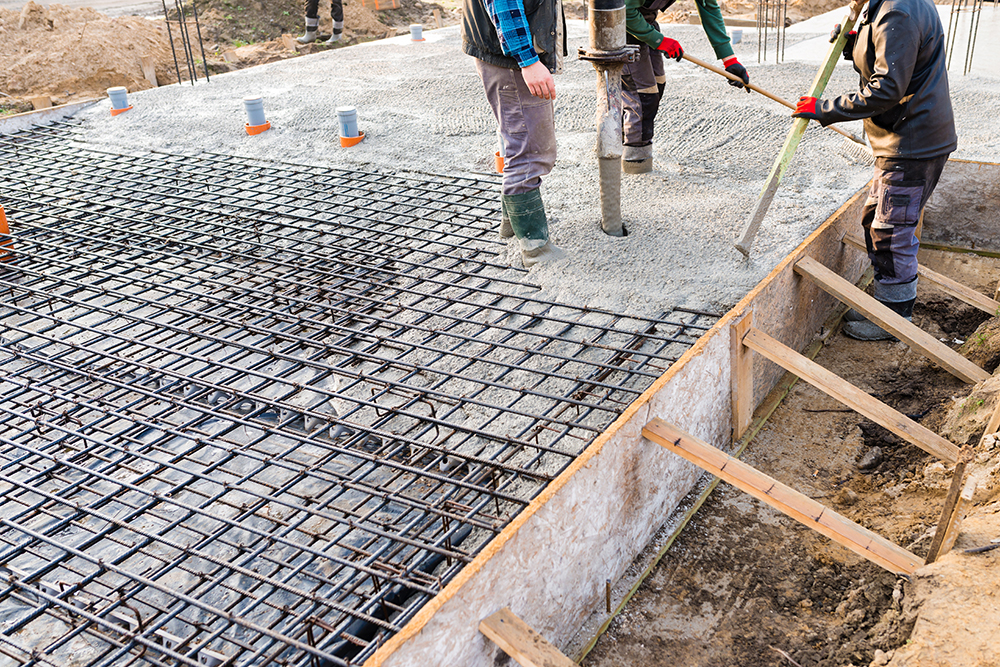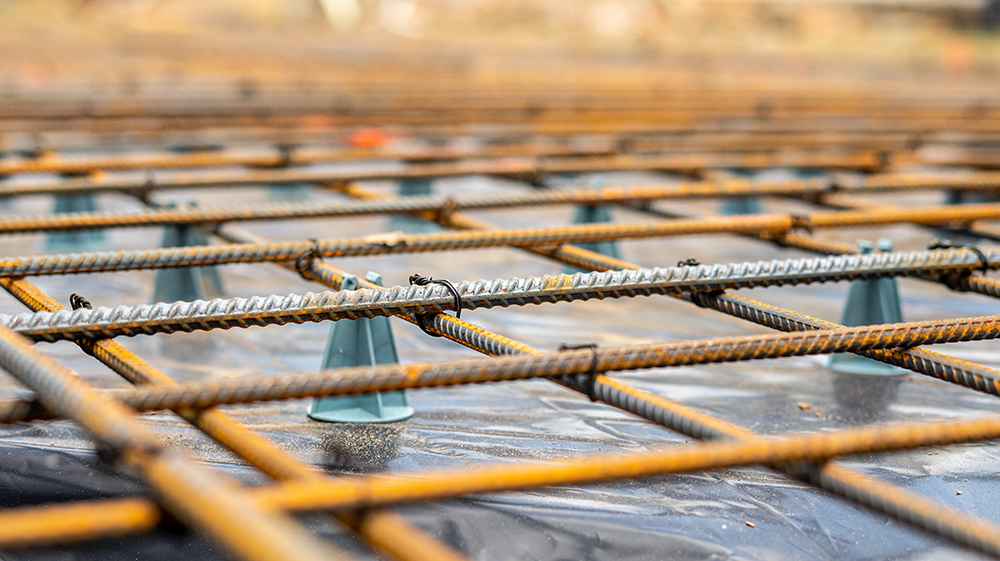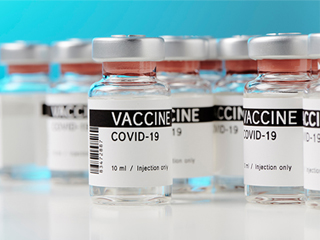During construction some of the most critical periods are during and immediately after concrete pours. Especially using extreme weather conditions when too much heat, or cold temperatures impact the mixing and curing of the concrete. Therefore, to ensure the integrity of the structure, monitoring concrete curing temperatures is essential.

The curing process of concrete is a chemical process, known as hydration. This is when the major chemical compounds in the cement form bonds with the water molecules and become hydrates. If temperatures are too high, or too low, it interferes with this chemical reaction. This is detrimental to the development of the concert strength. Closely monitoring the temperature in the concrete slab during hydration helps indicate
- That the temperature is with the allowed ranges for the hydration process
- Indicate the strength development of the concrete
There are two ways to manage the effects of improper hydration temperatures. You can take one approach, or a combination of both. You can optimize the mix of the concrete for the environmental elements it is being exposed to, or, take measures to control the surrounding elements that influence the curing temperatures.
Maintaining Desired Temperature
Concrete hydration is an exothermic reaction. To maintain the required temperature the mix of the concrete (ratio of sand, cement, aggregate and water) can be adjusted to fit the ambient conditions and target strength required. Different mixes generate more or less heat. Below are some common methods that can be employed to generate less heat.
- The use of finer cement will also generate less heat.
- Heat can be reduced by the addition of supplementary materials such as slag and fly ash. This reduces the quantity of reactive cement in the early stages of hydration, slowing the reaction and reducing the amount of heat generated. This is ideal when pouring in extreme temperatures, but it will also delay the strength gain of the concrete.
Hot Weather Concrete Curing
Concrete moisture content at the early stages of hydration are important in allowing the specific mix strength to be achieved. The chemical reactions involved in hydration cause the concrete to dry out. If the temperature is too high during hydration, it will dry faster, resulting a quicker initial strength gain, but loss of strength in later stages. Therefore it is generally considered to maintain a maximum temperature of 70°C (160°F).
Cold Weather Concrete Curing
Cold weather curing comes with the opposite problem. it slows the chemical reaction responsible for hydration, and can even stop it completely until the temperature increases again. This makes it crucial that temperatures are maintained at greater than 5°C (40°F) for a minimum of 48 hours after the pour. Cold temperatures can prevent the concrete gaining its target strength. As the hydration process occurs, over time crystals are formed inside the concrete. This formation can go on for months or even years before full strength is obtained. If the temperature drops below recommended temperatures the crystals cease to grow.
Monitoring Concrete Temperatures During Curing
As the temperature that concrete is exposed to greatly affects its curing times, and strength, knowing the temperature of the concrete is an essential element of any concrete pour. As the hydration process is exothermic and generates heat, you must ensure the temperature remains stable and within a range that allows the reaction to thrive. This maximizes the strength gains and longevity of the concrete.
AKCP provides temperature sensors that can be embedded in the concrete prior to the pour. Battery powered, wireless sensors monitor the temperature inside the slab during hydration. Broadcasting every 15 minutes, you can track the temperature and use the data to ensure proper curing and determine when specific concrete strength gains have been achieved. The data collected allows for concrete maturity index and determine early age compressive strength. This means formwork can be removed at the right time, speeding up construction process, or ensuring safety that formwork and supports are removed at the correct time.

The sensorCure™ wireless tunnel sensors are strapped to rebar prior to pouring, and transmit data to a nearby wireless gateway with cloud connectivity. These IoT intelligent concrete sensor devices give you access to the data from cellphone, tablet or PC. View and download reports with graphs of temperature during curing. Set thresholds to receive e-mail or SMS alerts when desired temperatures are reached, or if temperatures are outside of allowable limits. The radio module is placed 3-4 inches inside the concrete for best signal, and the temperature sensor on a cable cane placed deeper inside of mass pours such as retaining walls, dams and large diameter columns.




